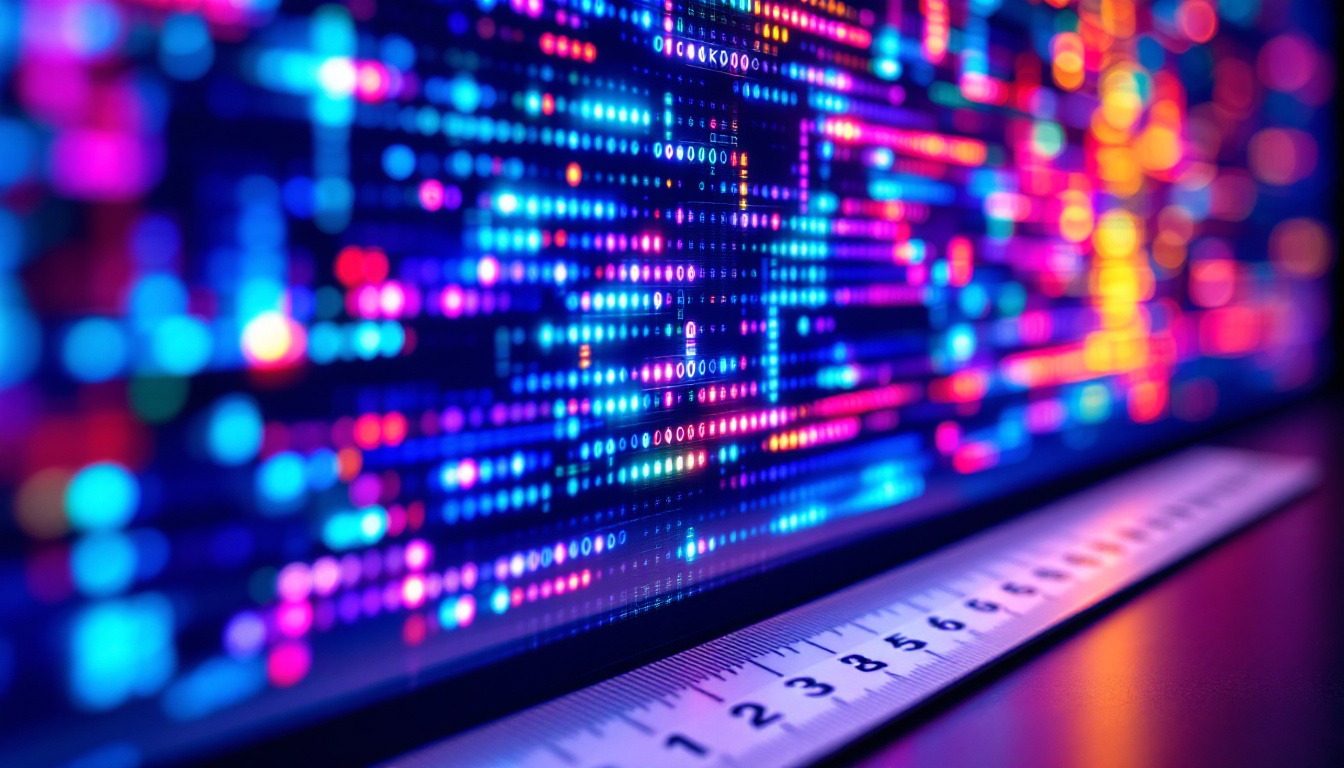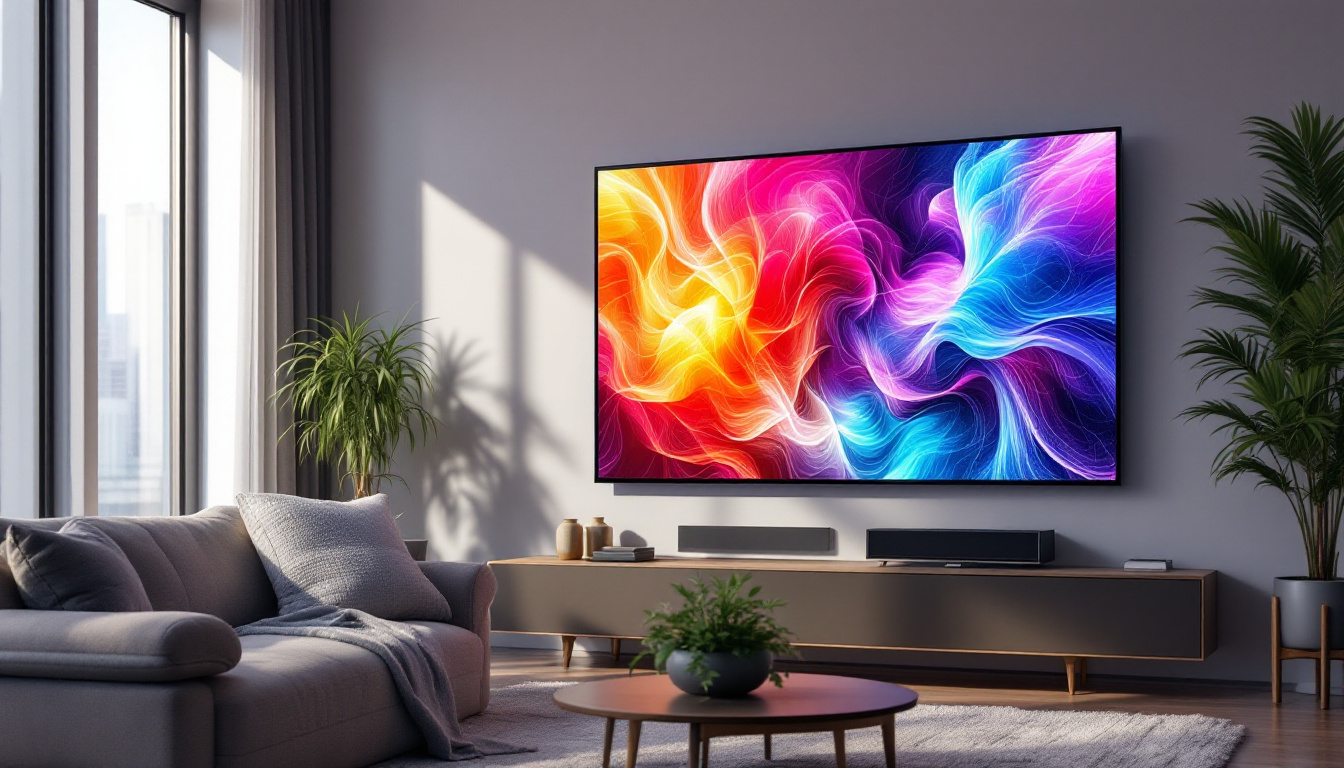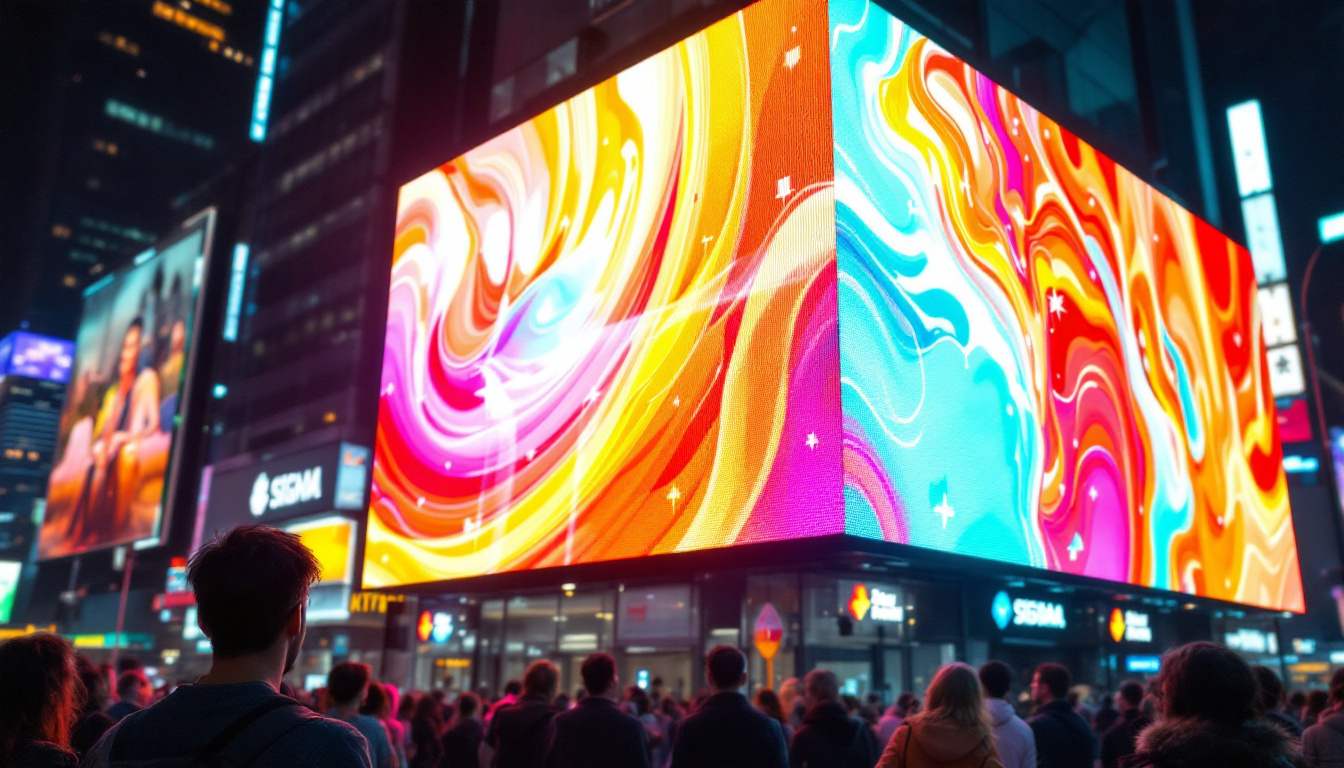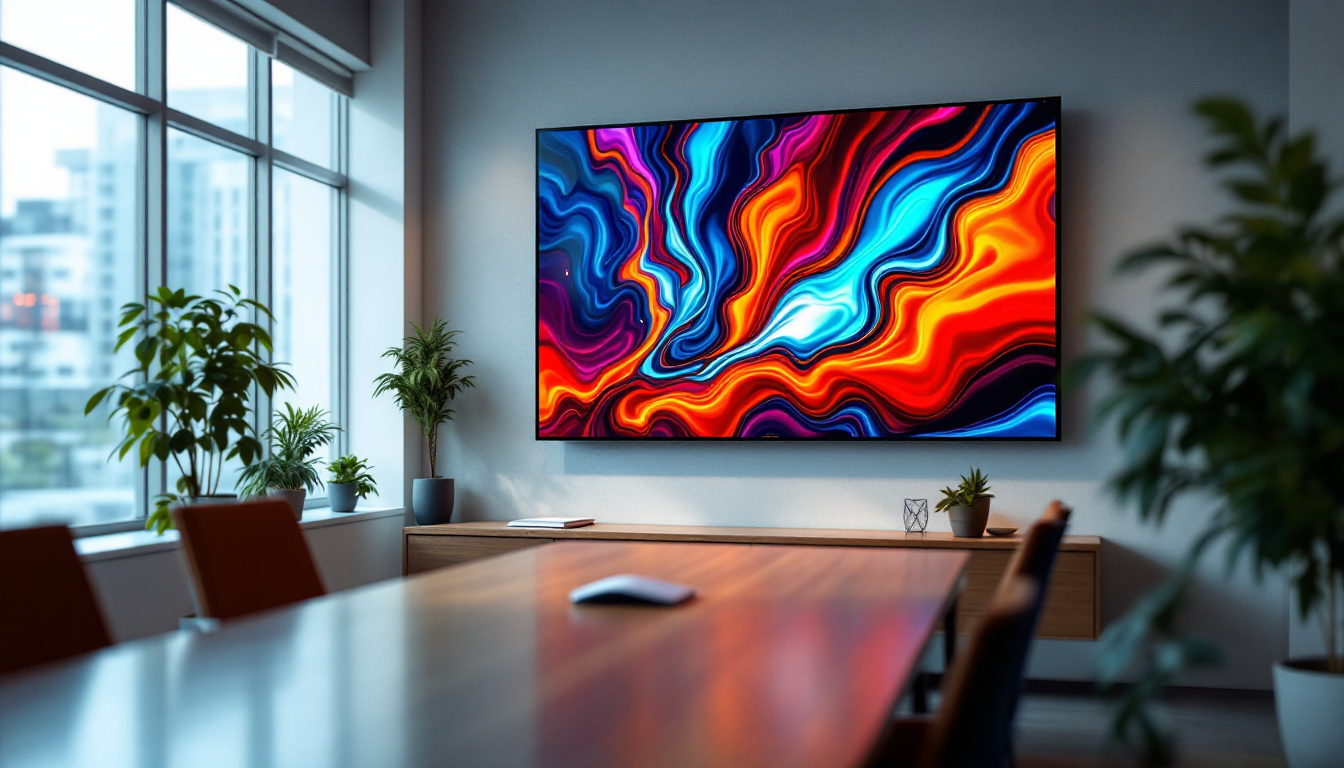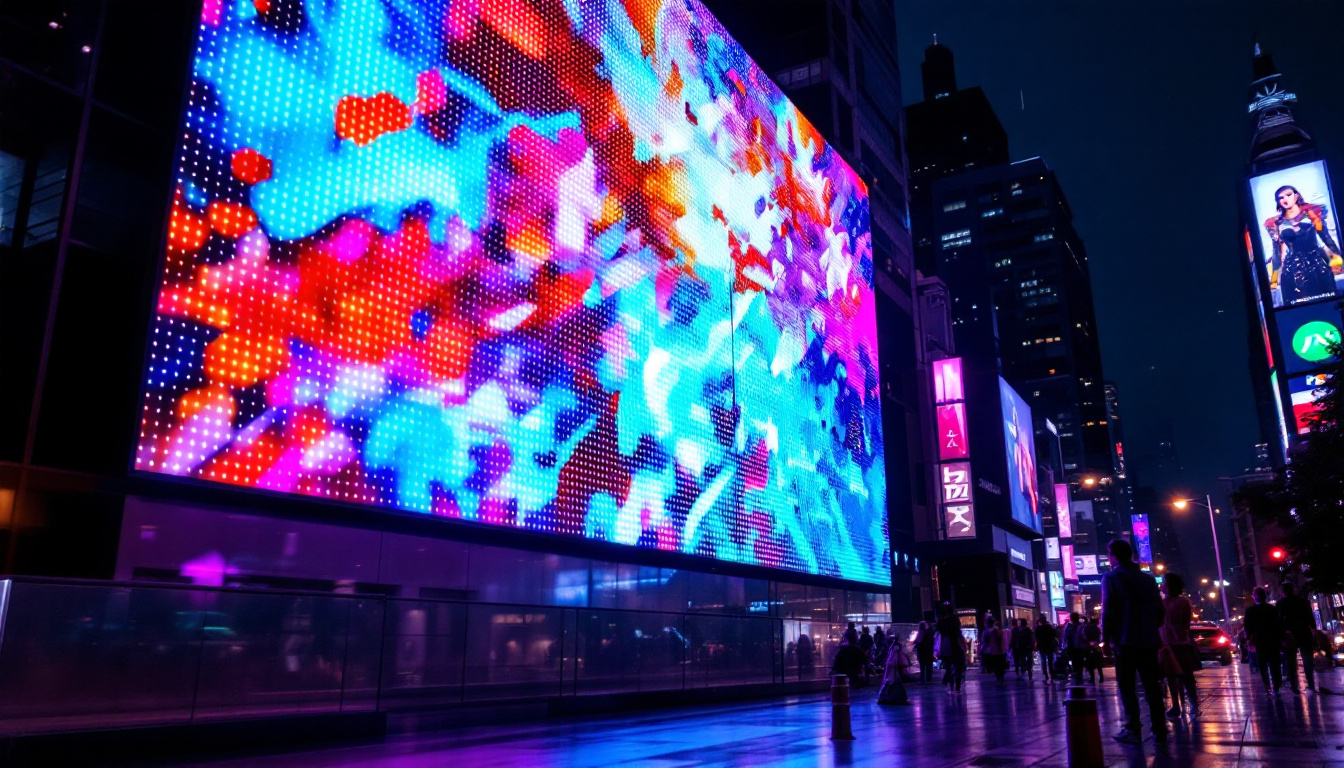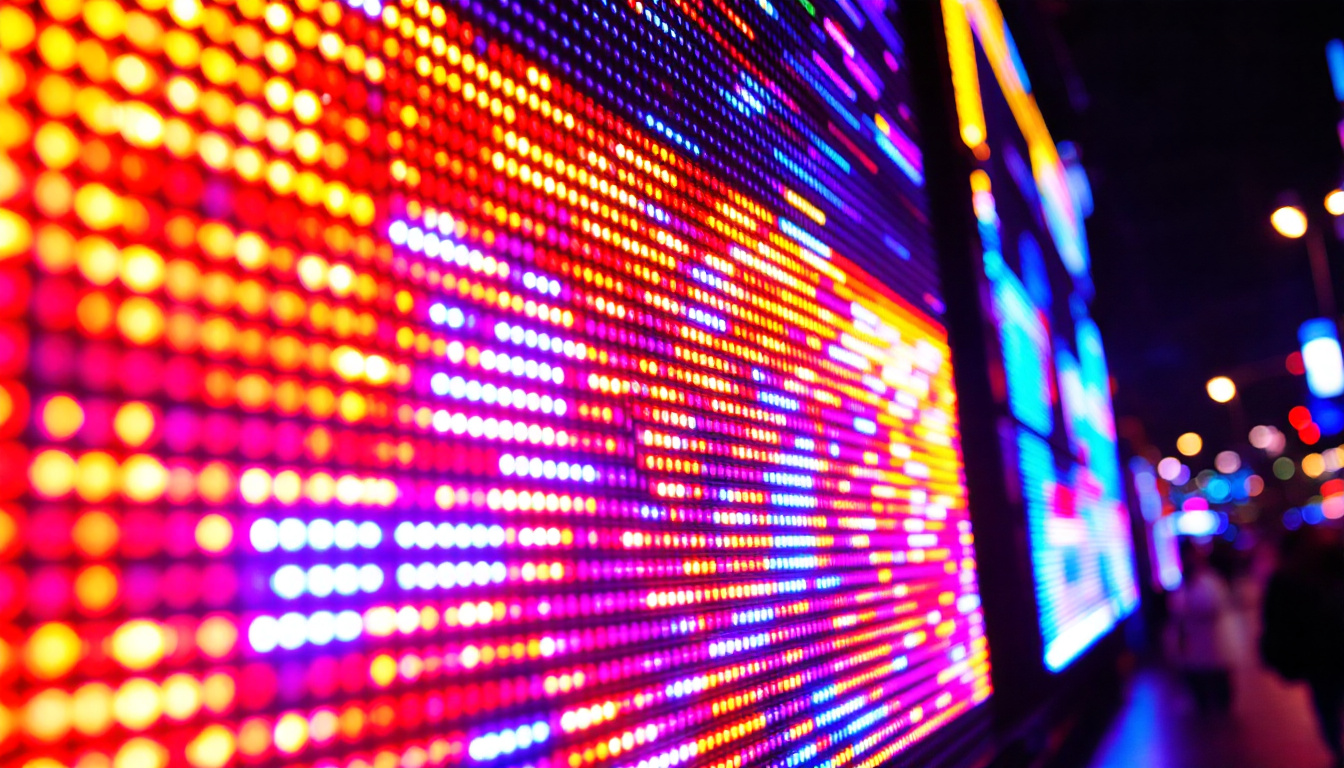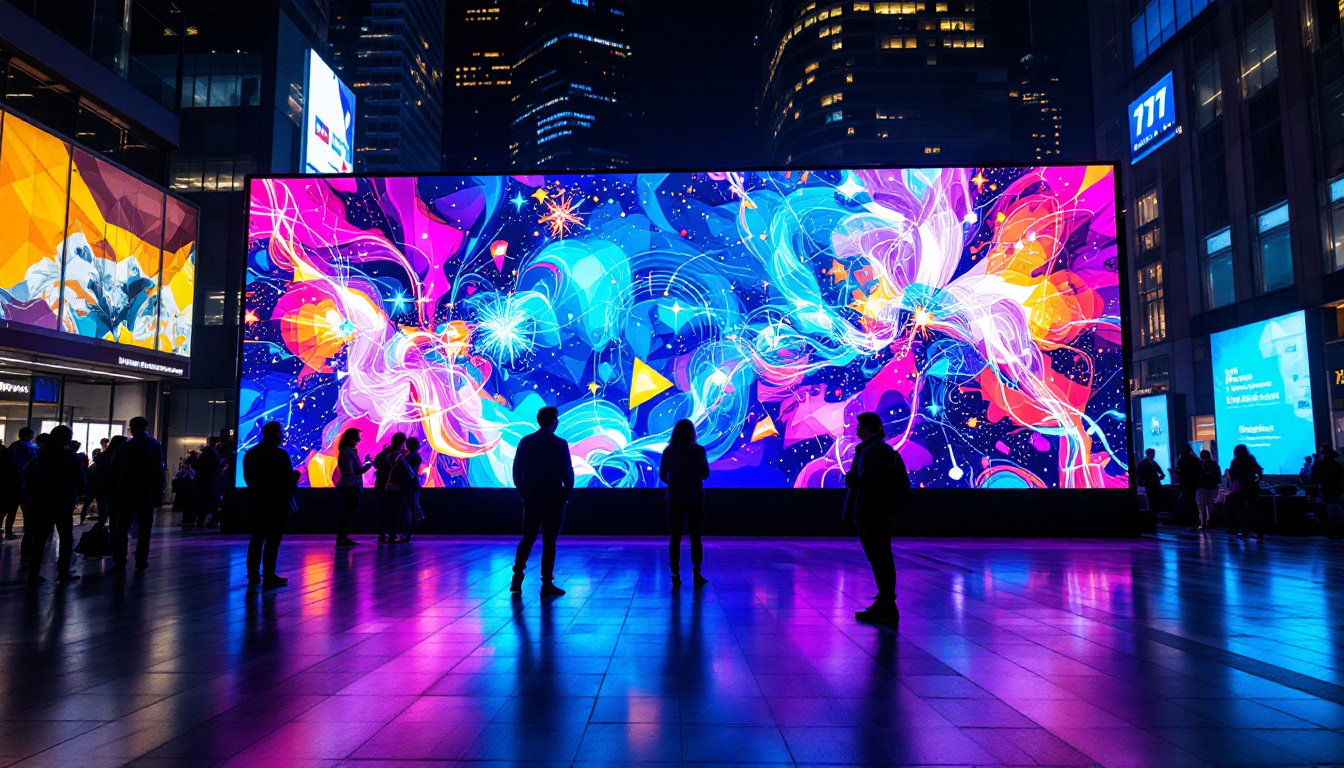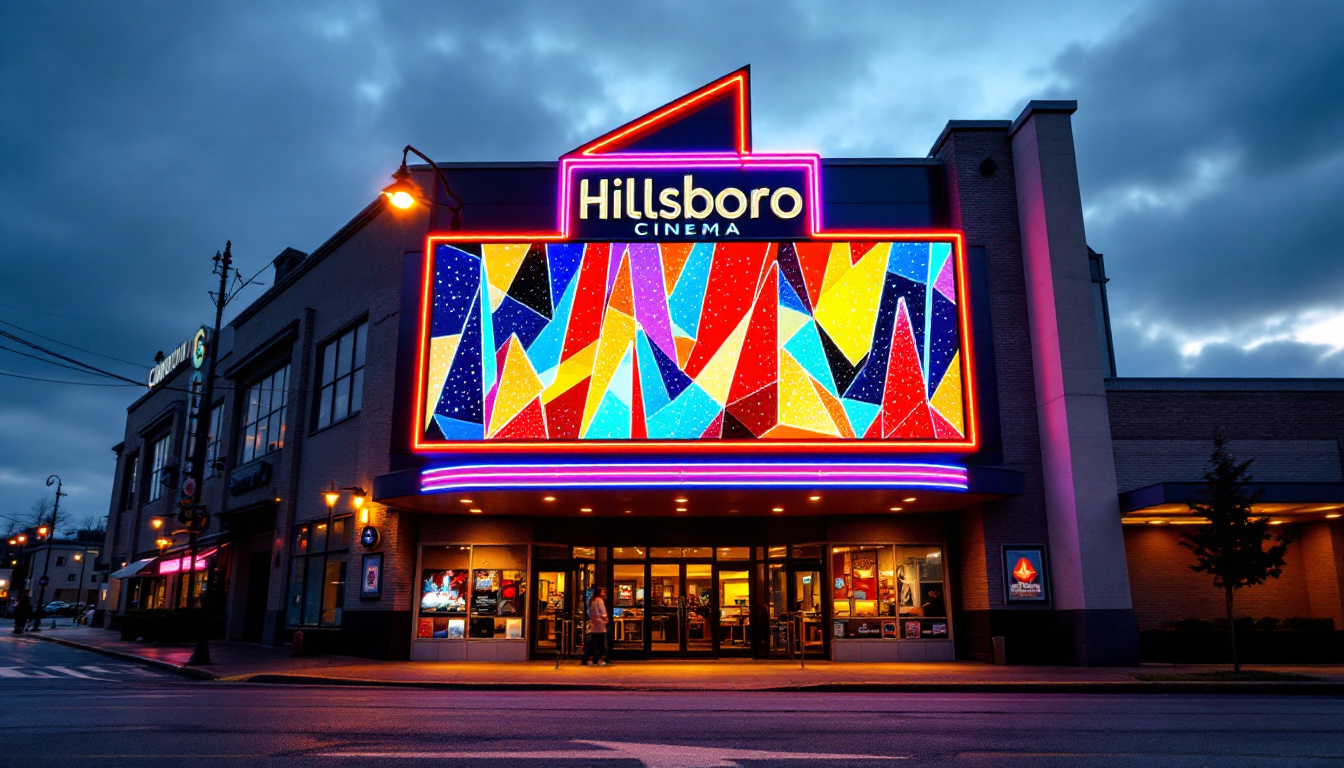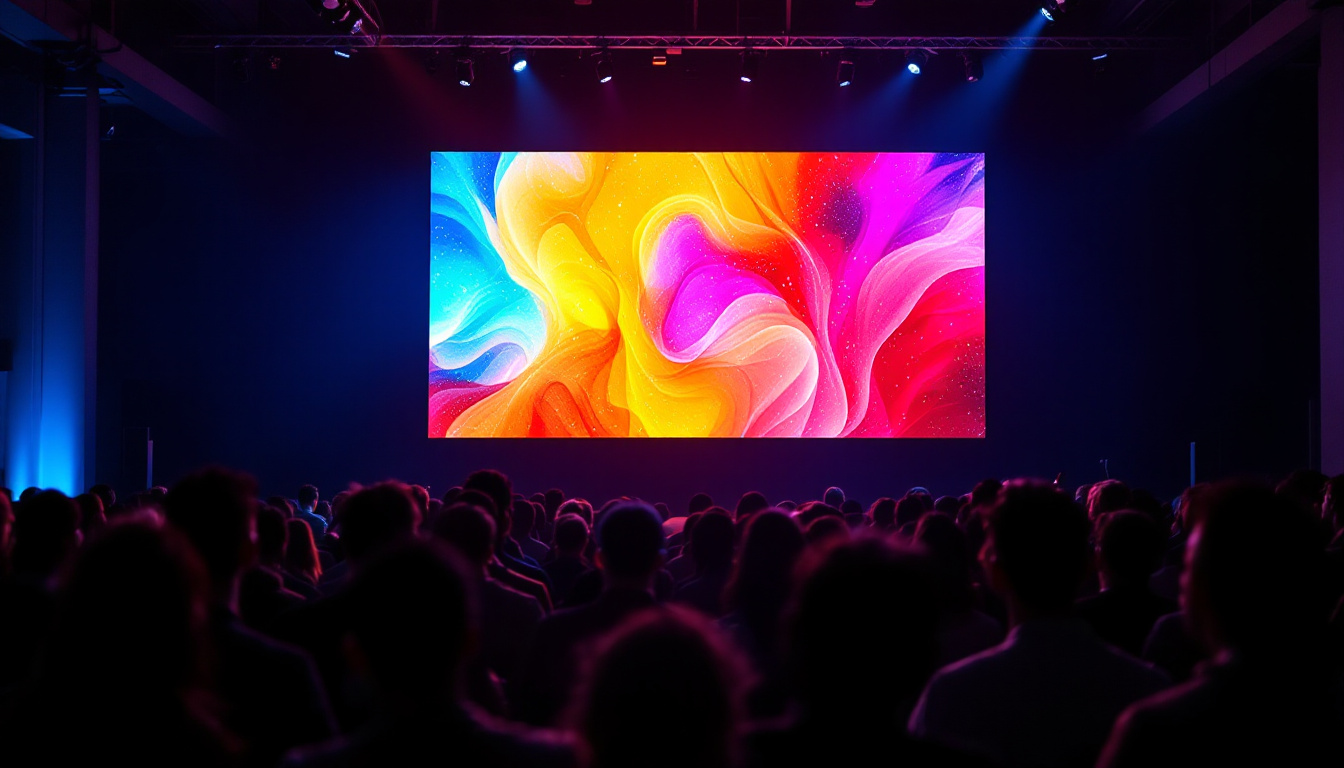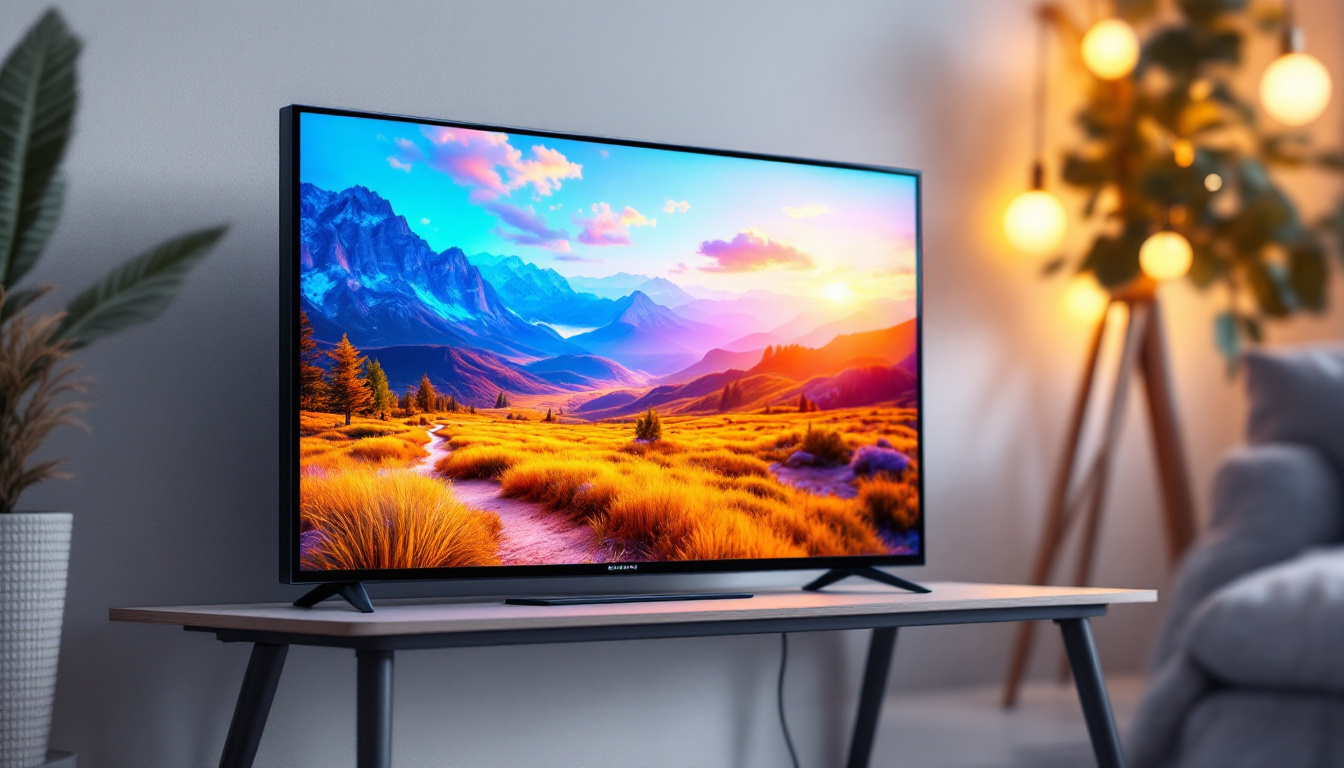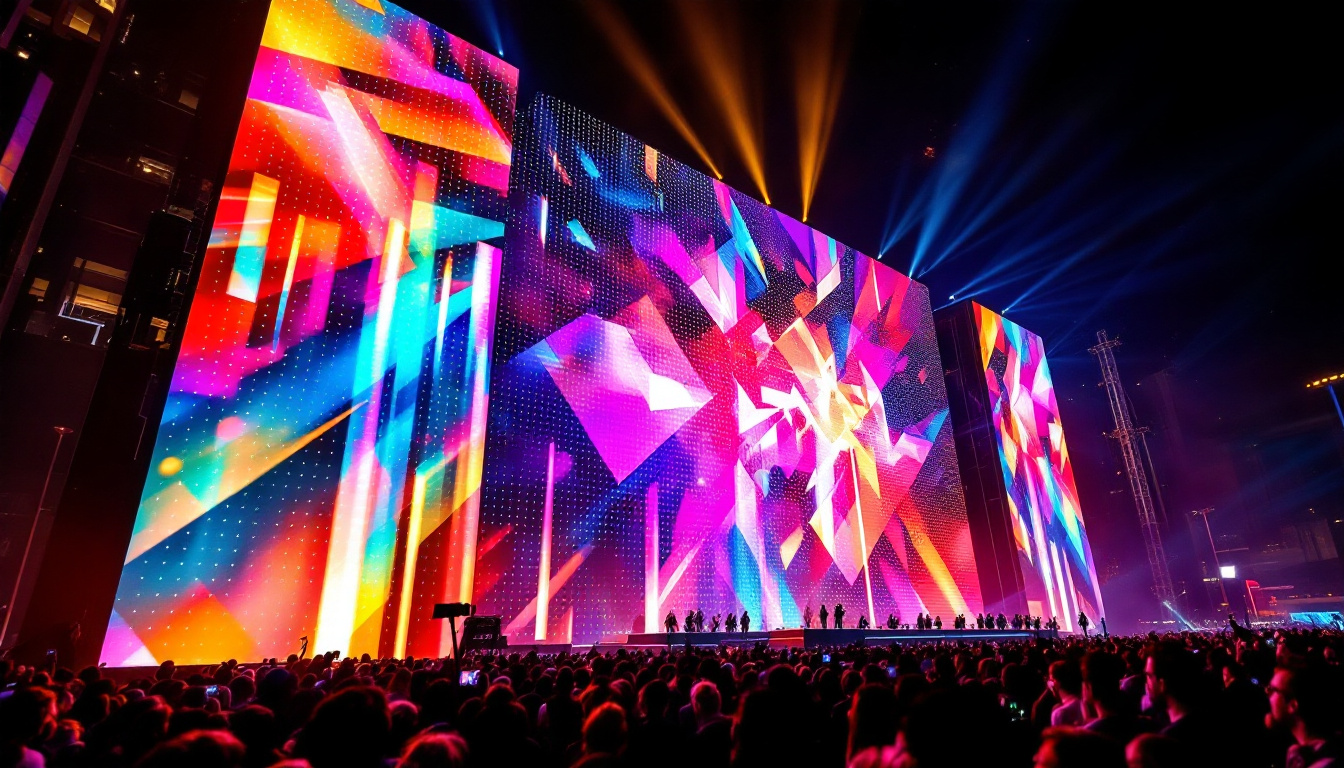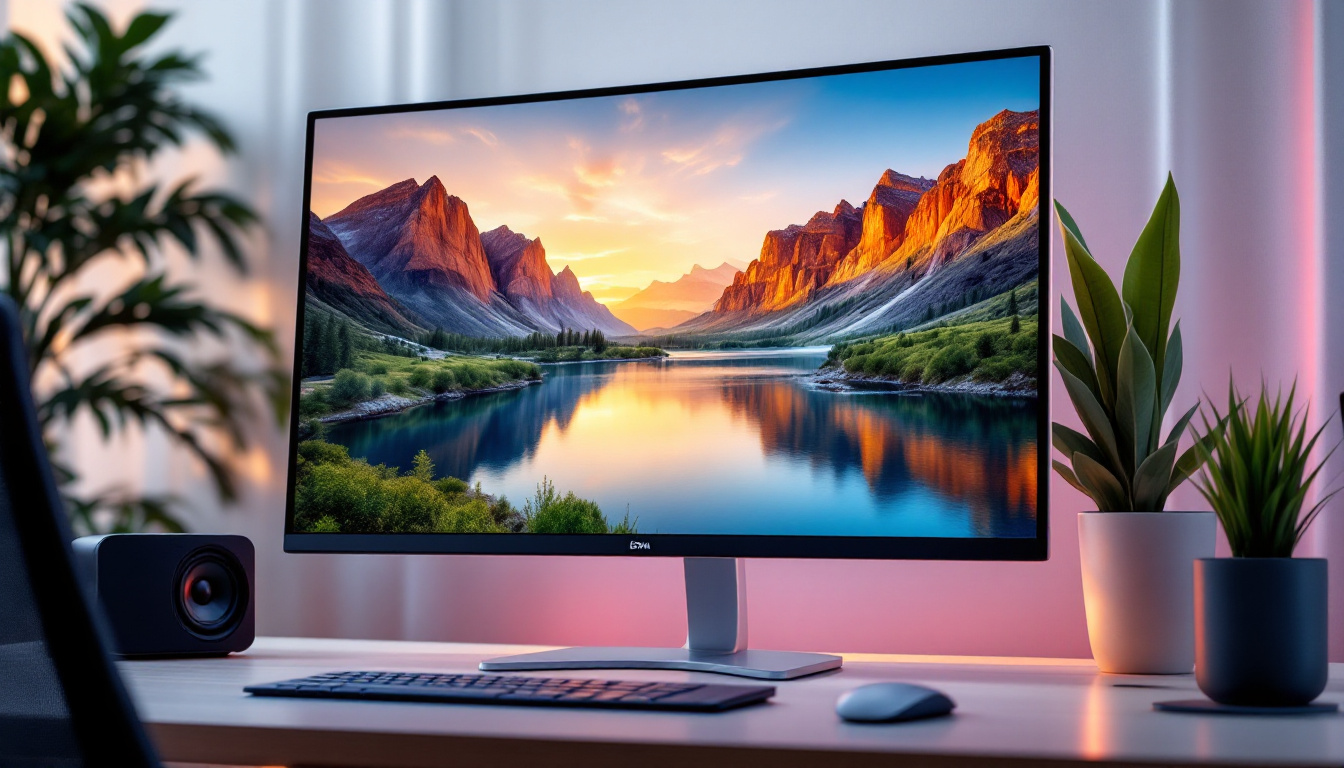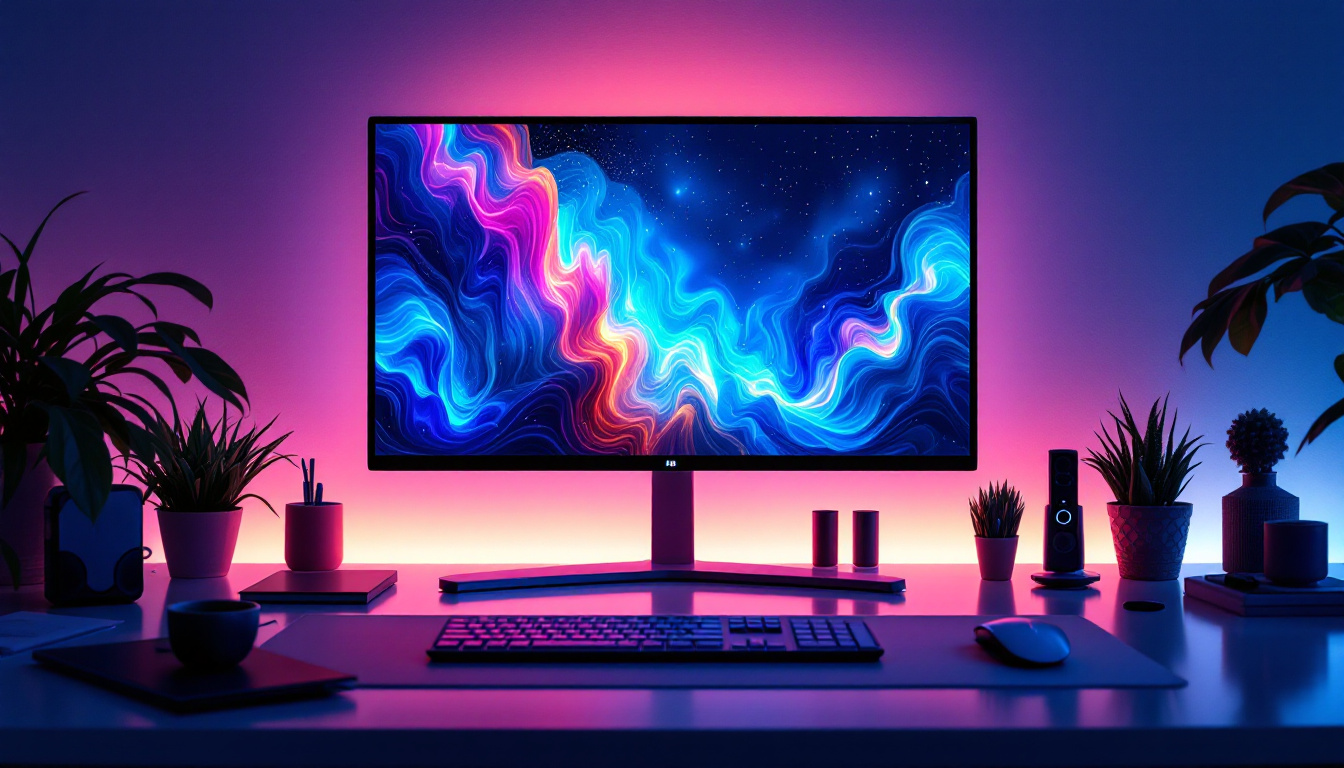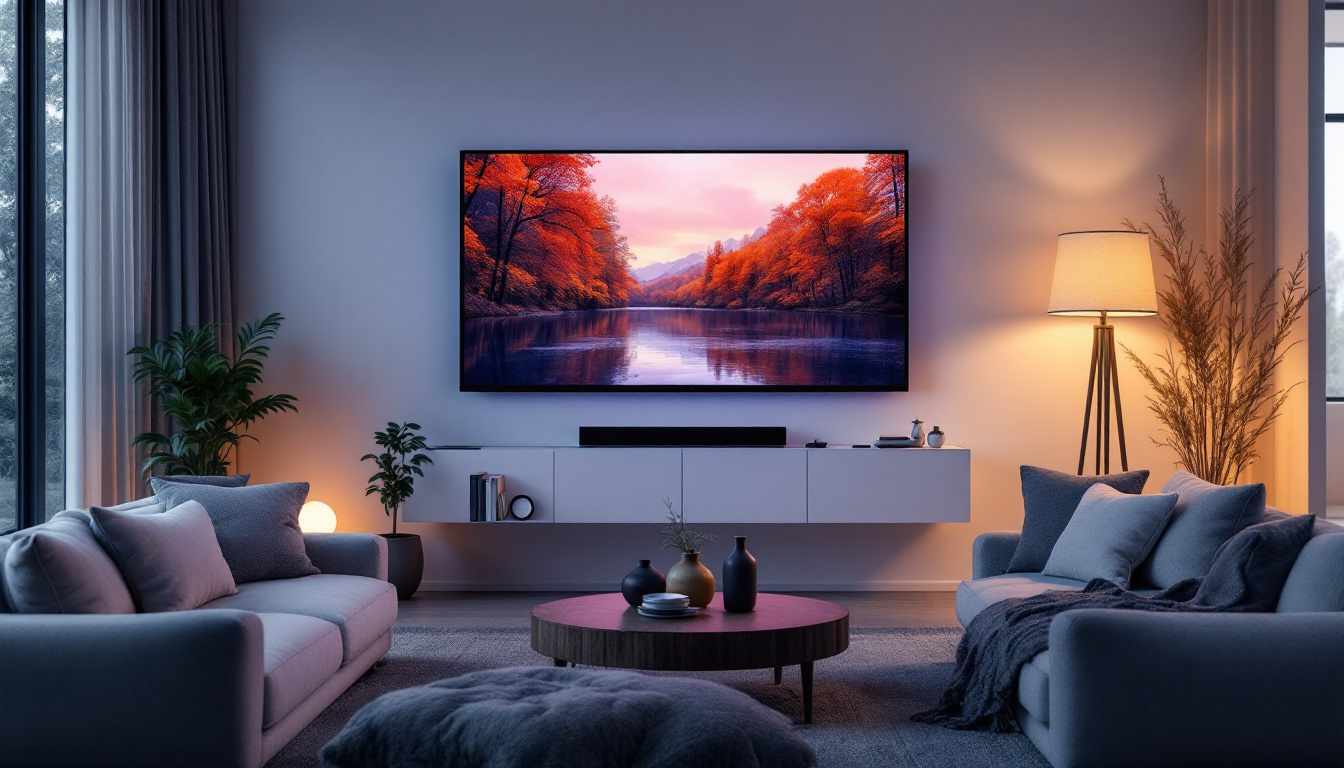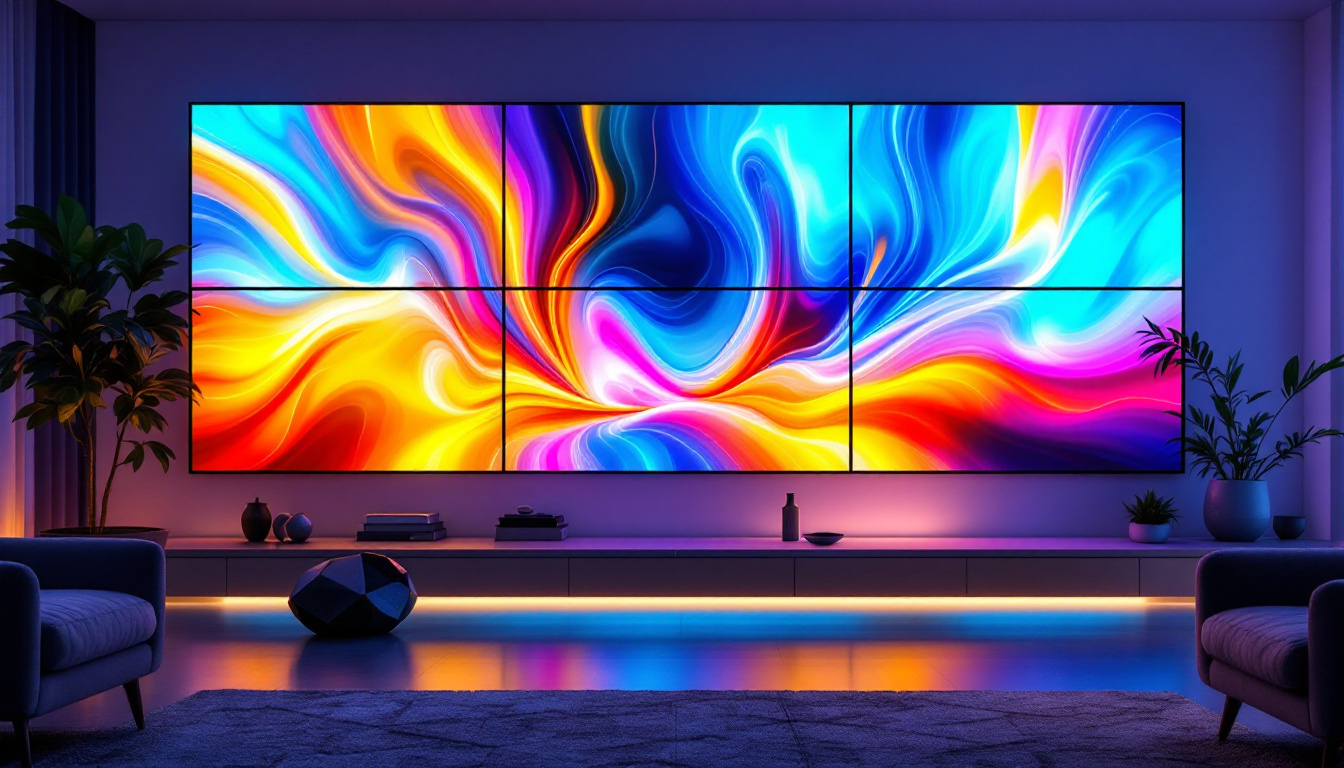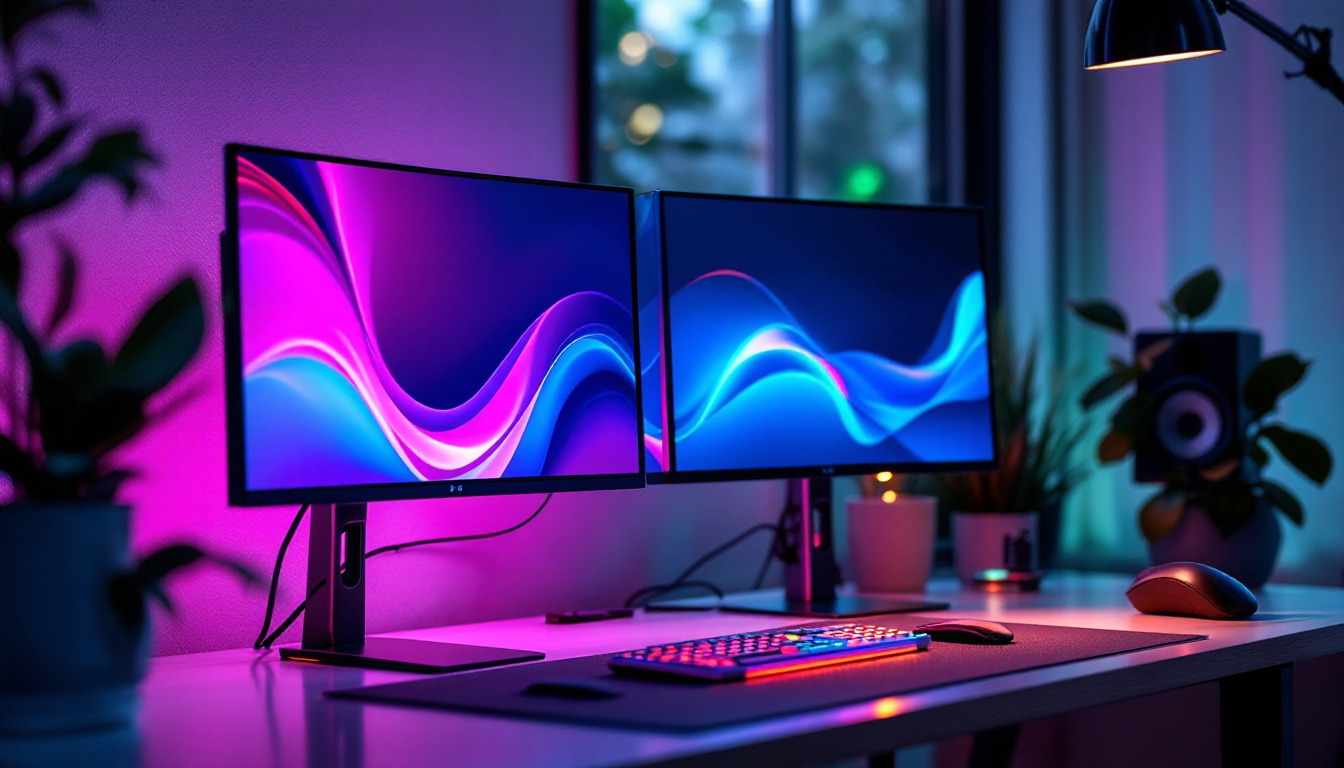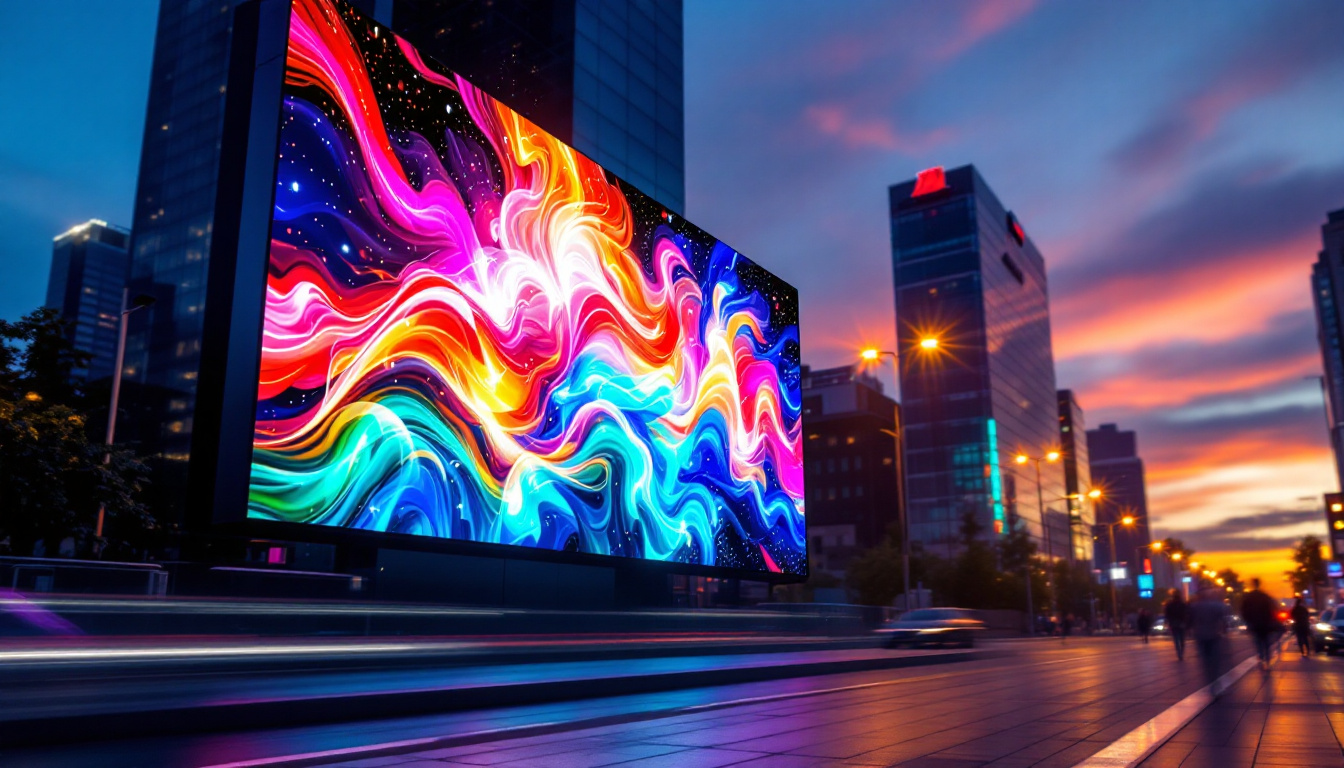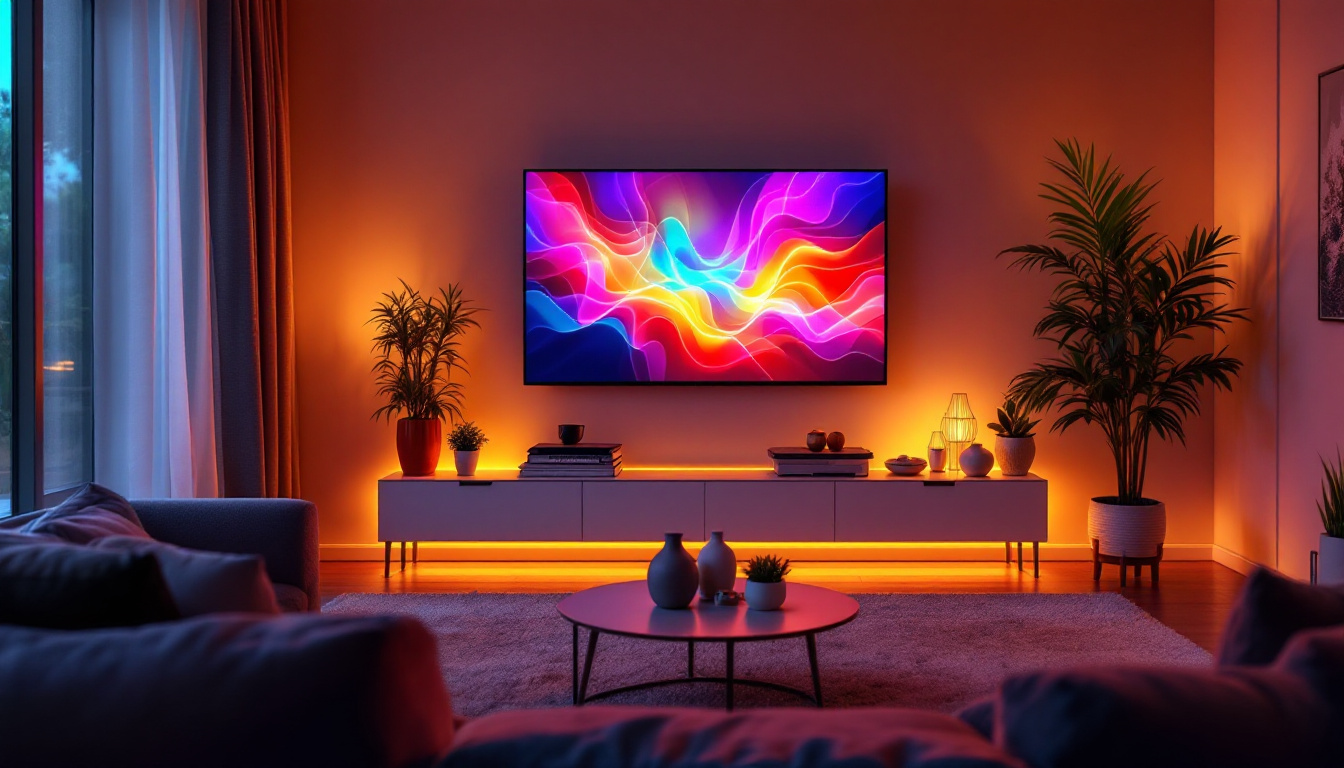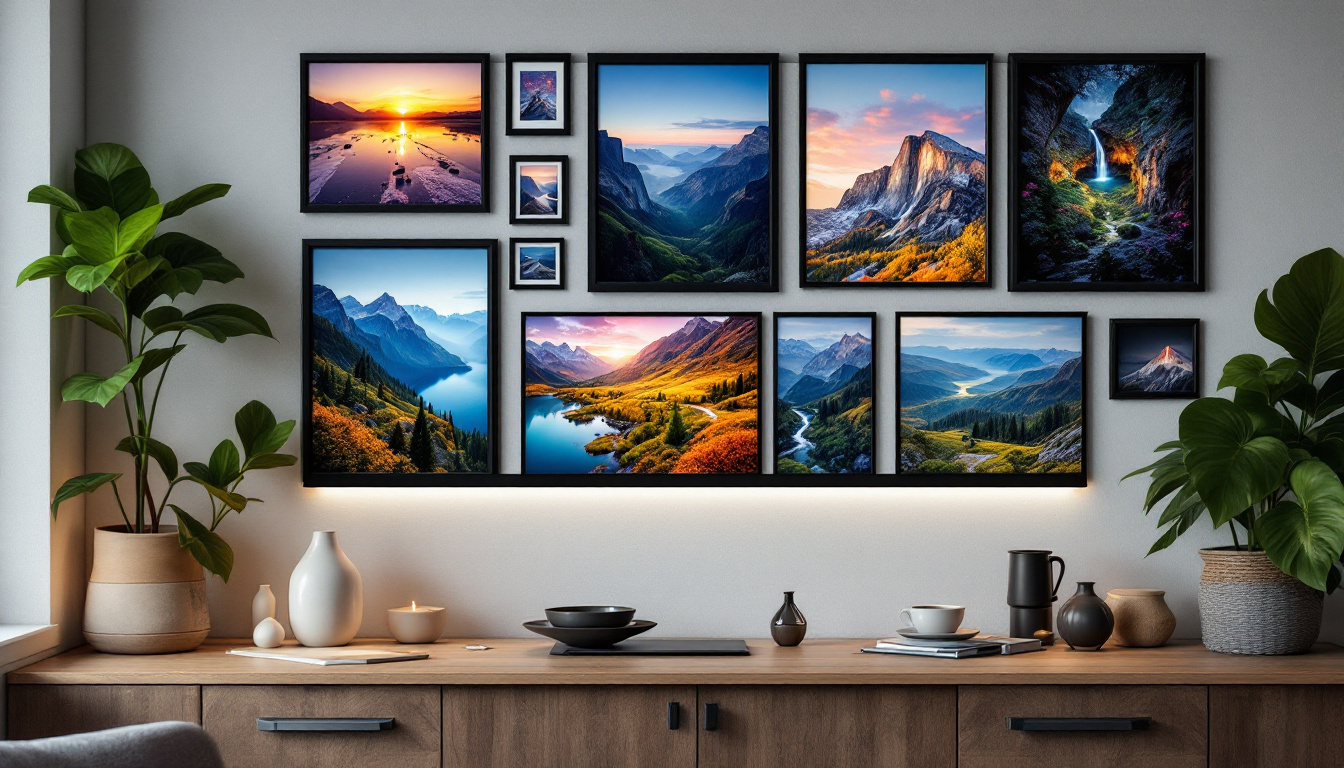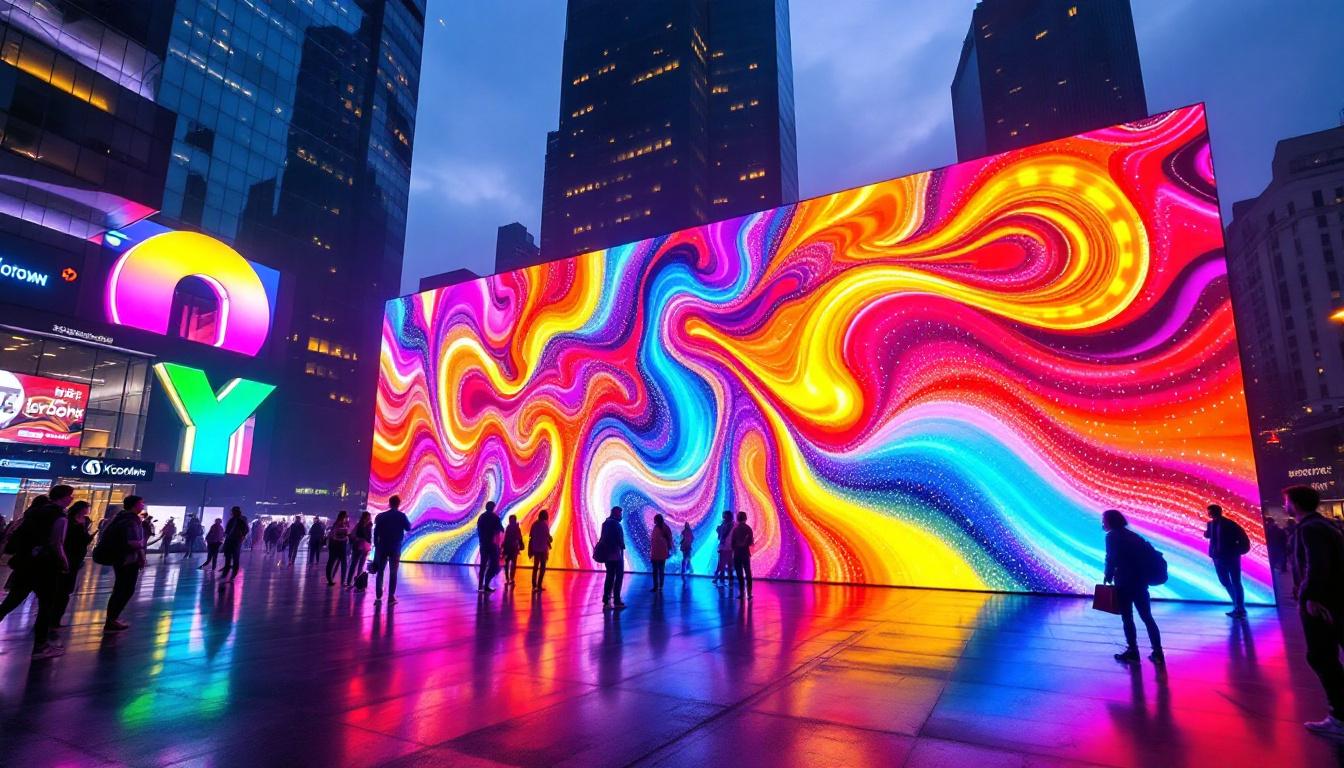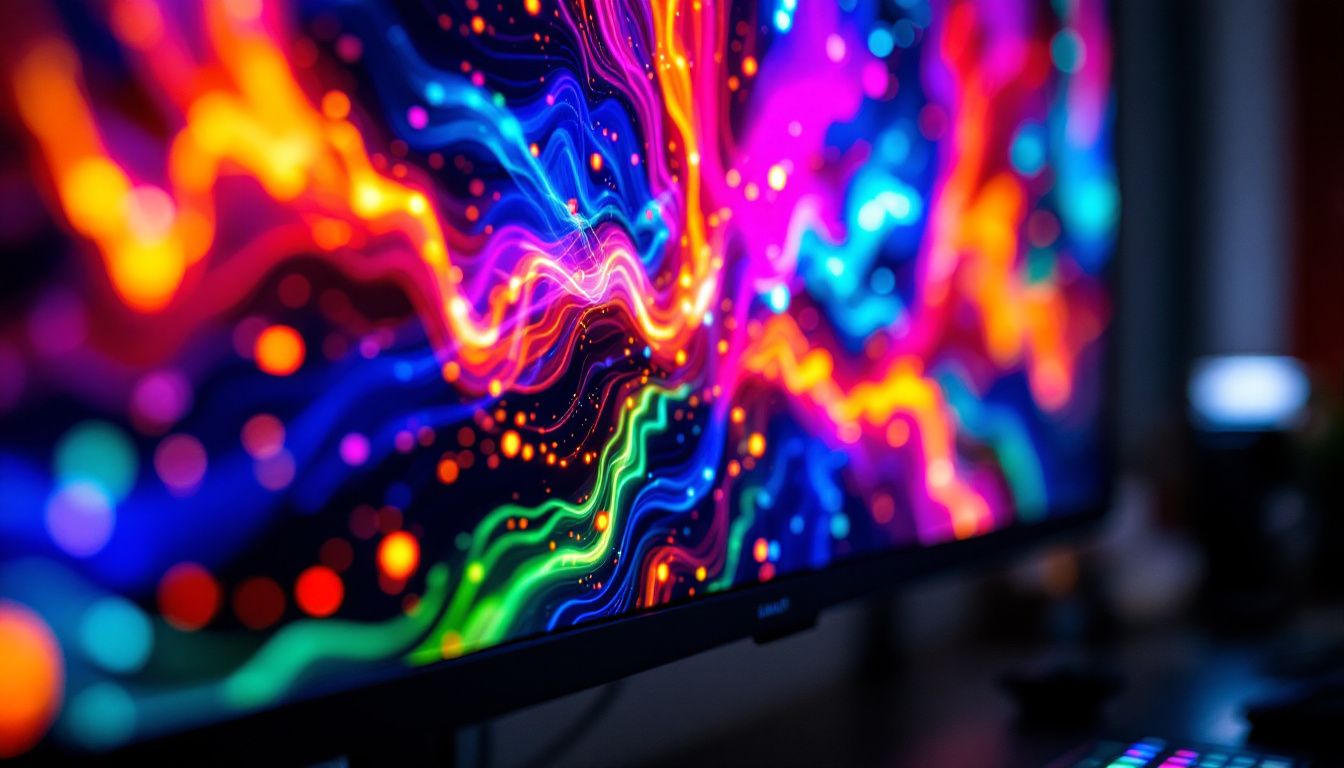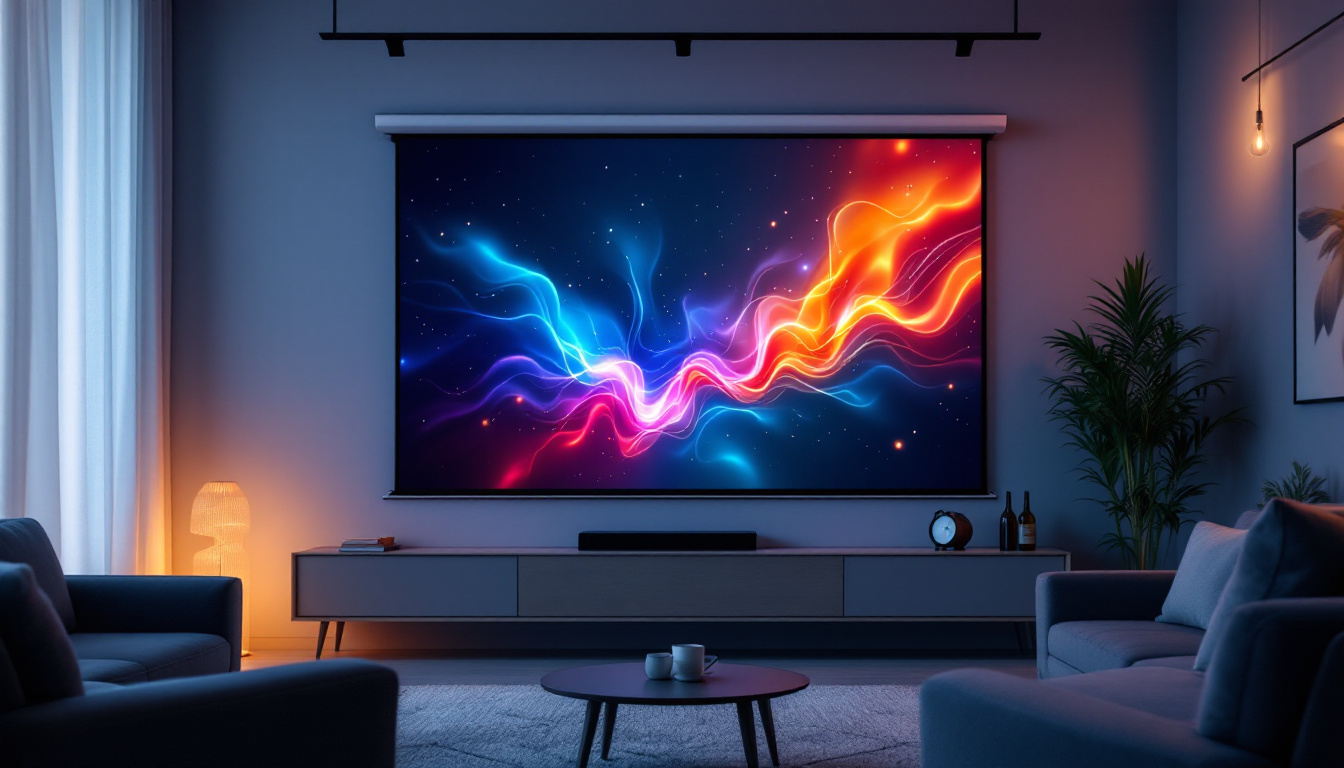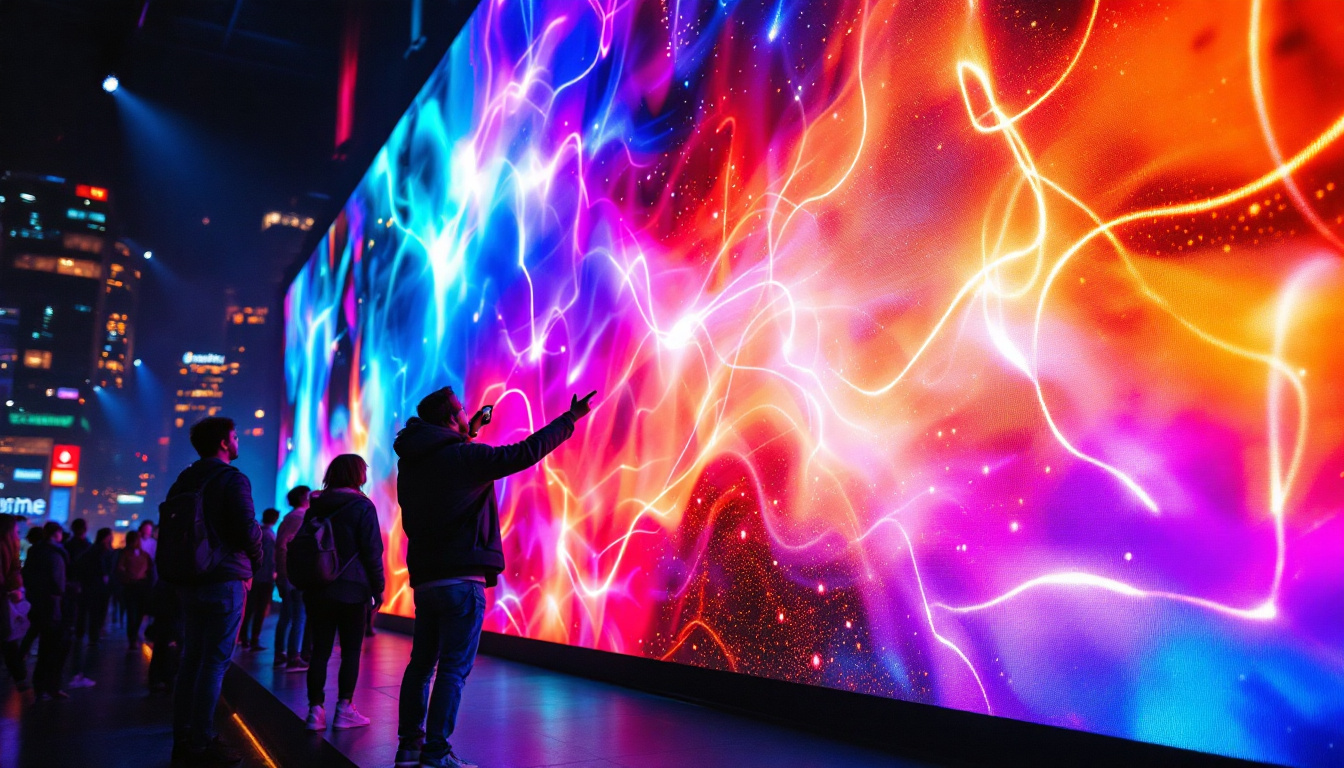In today’s digital age, understanding the specifications of electronic displays is crucial, especially when it comes to LED displays. One common question that arises is the conversion of measurements, such as how many inches are in 122 mm. This article will explore this conversion and delve into the intricacies of LED displays, their technology, and their applications.
Understanding Measurement Conversions
Measurement conversions are essential for various fields, including engineering, design, and everyday applications. The metric system, which uses millimeters (mm), and the imperial system, which uses inches, often require conversions to ensure compatibility and understanding. These conversions are not merely academic; they have real-world implications, especially in industries where precision is paramount. For example, in construction, a miscalculation in measurement can lead to structural failures or costly redesigns, emphasizing the importance of mastering these conversions.
The Conversion Formula
To convert millimeters to inches, the formula is straightforward: divide the number of millimeters by 25.4. Therefore, to find out how many inches are in 122 mm, the calculation would be:
122 mm ÷ 25.4 = 4.803 inches
This conversion is not only useful for understanding physical dimensions but also plays a significant role in the design and manufacturing of LED displays. In fact, many designers rely on conversion tools and calculators to ensure that their specifications align with industry standards, facilitating smoother communication between international teams and clients.
Why Measurement Matters in LED Displays
When dealing with LED displays, precise measurements are critical. Whether it’s for televisions, monitors, or signage, knowing the exact dimensions can affect installation, viewing distance, and overall user experience. For instance, a display that is too large for a given space may lead to discomfort, while a display that is too small may not be visible from a distance. Moreover, the aspect ratio of a display, which is determined by its width and height, must also be taken into account during the design phase. A mismatch in aspect ratios can distort images and videos, detracting from the intended visual impact.
Furthermore, the resolution of an LED display is closely tied to its dimensions. Higher resolutions require more pixels to be packed into the same physical space, which means that understanding the relationship between millimeters and inches becomes even more crucial. For example, a 55-inch display with a 4K resolution will have a significantly different pixel density compared to a 32-inch display with the same resolution. This pixel density affects not only the clarity of the images displayed but also the overall performance of the screen in various lighting conditions. Therefore, accurate measurement conversions are vital for achieving the desired visual fidelity in LED technology.
What is an LED Display?
LED displays are a type of flat panel display that uses light-emitting diodes (LEDs) as a source of illumination. They are widely used in various applications, from televisions and computer monitors to large outdoor advertising screens. Their versatility and adaptability make them a popular choice in both consumer electronics and commercial settings, where visual impact is crucial.
How LED Displays Work
LED displays function by utilizing a matrix of tiny light-emitting diodes. Each diode emits light when an electric current passes through it. These diodes can produce various colors by adjusting the intensity of the red, green, and blue (RGB) components. By combining these colors, an LED display can create a full spectrum of colors, resulting in vibrant images and videos. This color mixing capability is what allows LED displays to render images with remarkable accuracy and depth, making them a favorite among graphic designers and video producers.
There are two main types of LED displays: direct view and backlit. Direct view displays consist of individual LEDs that form the entire screen, while backlit displays use LEDs to illuminate a liquid crystal display (LCD) panel from behind. The direct view technology is particularly popular in large-scale applications, such as stadium screens and concert backdrops, where the audience needs to see clear visuals from a distance. In contrast, backlit displays are commonly found in smartphones and laptops, where space is limited but high-quality visuals are still essential.
Advantages of LED Displays
LED displays offer several advantages over traditional display technologies. Firstly, they are energy-efficient, consuming less power than their LCD and plasma counterparts. This efficiency not only reduces electricity costs but also contributes to a lower carbon footprint. As sustainability becomes increasingly important in technology, LED displays stand out as a greener option for consumers and businesses alike.
Secondly, LED displays provide superior brightness and contrast ratios. This means that they can produce clearer images in various lighting conditions, making them ideal for both indoor and outdoor use. Additionally, LED displays have a longer lifespan, often lasting tens of thousands of hours before requiring replacement. This durability is particularly beneficial for commercial applications, where frequent replacements can lead to significant downtime and increased maintenance costs. Moreover, the robust nature of LED technology allows for thinner and lighter designs, enabling manufacturers to create sleek and modern devices that appeal to consumers looking for both aesthetics and functionality.
Another notable advantage of LED displays is their rapid response time. This characteristic makes them particularly well-suited for displaying fast-moving images, such as in video games or sports broadcasts. The ability to refresh images quickly reduces motion blur, providing a smoother viewing experience. Furthermore, advancements in LED technology have led to the development of flexible displays, which can be curved or shaped to fit unique environments, opening up new possibilities for creative installations in retail and advertising.
Applications of LED Displays
LED displays have a wide range of applications across different industries. Their versatility and performance make them suitable for various environments, from homes to large public spaces.
Consumer Electronics
In consumer electronics, LED displays are prevalent in televisions, computer monitors, and smartphones. The demand for high-definition displays has led to the adoption of LED technology, providing consumers with sharper images and more vibrant colors.
Moreover, the advent of smart TVs has further integrated LED technology into everyday life, allowing users to enjoy streaming services and interactive content with enhanced visual experiences.
Advertising and Signage
One of the most prominent applications of LED displays is in advertising and signage. Billboards, storefront displays, and event screens utilize LED technology to capture attention with bright, dynamic visuals. The ability to change content quickly and remotely makes LED displays an attractive option for businesses looking to promote their products and services effectively.
Additionally, LED displays can be programmed to show real-time information, such as news updates, weather forecasts, and social media feeds, further enhancing their utility in public spaces.
Choosing the Right LED Display
When selecting an LED display, several factors must be considered to ensure it meets the intended purpose. These factors include size, resolution, brightness, and viewing angle.
Determining the Size
The size of an LED display is often determined by the space available and the distance from which it will be viewed. For example, a larger display may be necessary for outdoor advertising, where viewers are often further away. Conversely, smaller displays may be suitable for indoor use, such as in conference rooms or retail environments.
As previously mentioned, understanding the conversion between millimeters and inches can aid in selecting the right size. For instance, a 122 mm display is approximately 4.803 inches, which may be ideal for specific applications but inadequate for others.
Resolution and Pixel Density
Resolution refers to the number of pixels that make up the display, typically expressed as width x height (e.g., 1920 x 1080). Higher resolution displays provide sharper images, which is especially important for applications requiring detailed visuals, such as graphic design or video editing.
Pixel density, measured in pixels per inch (PPI), also plays a crucial role in image clarity. A higher pixel density means more pixels are packed into a given area, resulting in finer details. For LED displays, a pixel pitch (the distance between the centers of two adjacent pixels) is a critical specification. A smaller pixel pitch typically indicates a higher resolution and better image quality, especially at closer viewing distances.
Future Trends in LED Display Technology
The LED display industry is continually evolving, with advancements in technology leading to new possibilities and applications. As demand for high-quality displays grows, several trends are emerging.
MicroLED Technology
MicroLED is a cutting-edge technology that involves the use of microscopic LEDs to create displays. This technology offers several advantages, including improved brightness, contrast, and energy efficiency. MicroLED displays can also be modular, allowing for flexible sizes and shapes, making them ideal for various applications, from large-scale installations to wearable devices.
Flexible and Transparent Displays
Another exciting trend is the development of flexible and transparent LED displays. These displays can bend and conform to different surfaces, opening up new possibilities for design and application. Transparent displays can be integrated into windows and glass surfaces, allowing for innovative advertising solutions without obstructing visibility.
As technology continues to advance, the potential for LED displays to transform various industries remains vast, offering new ways to engage and inform audiences.
Conclusion
Understanding the conversion of measurements, such as 122 mm to inches, is essential when dealing with LED displays. With the growing prevalence of LED technology in various applications, from consumer electronics to advertising, having a grasp of these specifications can significantly impact decision-making.
As the industry continues to evolve, staying informed about the latest trends and advancements will be crucial for anyone involved in the design, manufacture, or use of LED displays. With their numerous advantages, LED displays are set to play an increasingly important role in our daily lives, enhancing how we consume information and interact with the world around us.
Explore Cutting-Edge LED Displays with LumenMatrix
Ready to experience the future of visual communication? LumenMatrix is at the forefront of LED display innovation, offering a diverse range of solutions tailored to your needs. From Indoor and Outdoor LED Wall Displays to specialized options like Vehicle, Sports, and Floor LED Displays, we have the technology to bring your vision to life. Embrace the power of Custom, All-in-One, and LED Transparent Displays to create unforgettable visual experiences. Don’t just take our word for it; check out LumenMatrix LED Display Solutions today and see how we can transform your space with clarity and impact.

